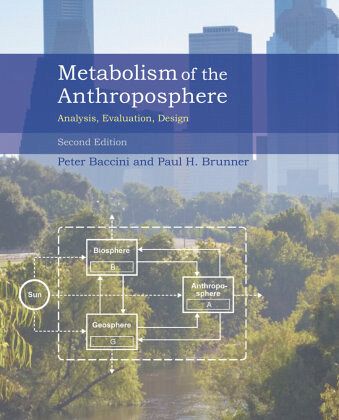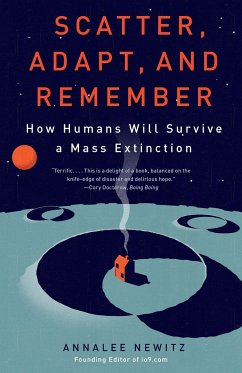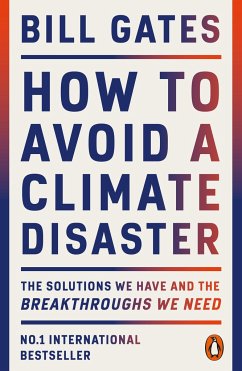
Metabolism of the Anthroposphere
Analysis, Evaluation, Design
Versandkostenfrei!
Versandfertig in 2-4 Wochen
50,99 €
inkl. MwSt.

PAYBACK Punkte
25 °P sammeln!
Over the last several thousand years of human life on Earth, agricultural settlements became urban cores, and these regional settlements became tightly connected through infrastructures transporting people, materials, and information. This global network of urban systems, including ecosystems, is the anthroposphere; the physical flows and stocks of matter and energy within it form its metabolism. This book offers an overview of the metabolism of the anthroposphere, with an emphasis on the design of metabolic systems. It takes a cultural historical perspective, supported with methodology from t...
Over the last several thousand years of human life on Earth, agricultural settlements became urban cores, and these regional settlements became tightly connected through infrastructures transporting people, materials, and information. This global network of urban systems, including ecosystems, is the anthroposphere; the physical flows and stocks of matter and energy within it form its metabolism. This book offers an overview of the metabolism of the anthroposphere, with an emphasis on the design of metabolic systems. It takes a cultural historical perspective, supported with methodology from the natural sciences and engineering. The book will be of interest to scholars and practitioners in the fields of regional development, environmental protection, and material management. It will also be a resource for undergraduate and graduate students in industrial ecology, environmental engineering, and resource management.
Dieser Artikel kann nur an eine deutsche Lieferadresse ausgeliefert werden.












